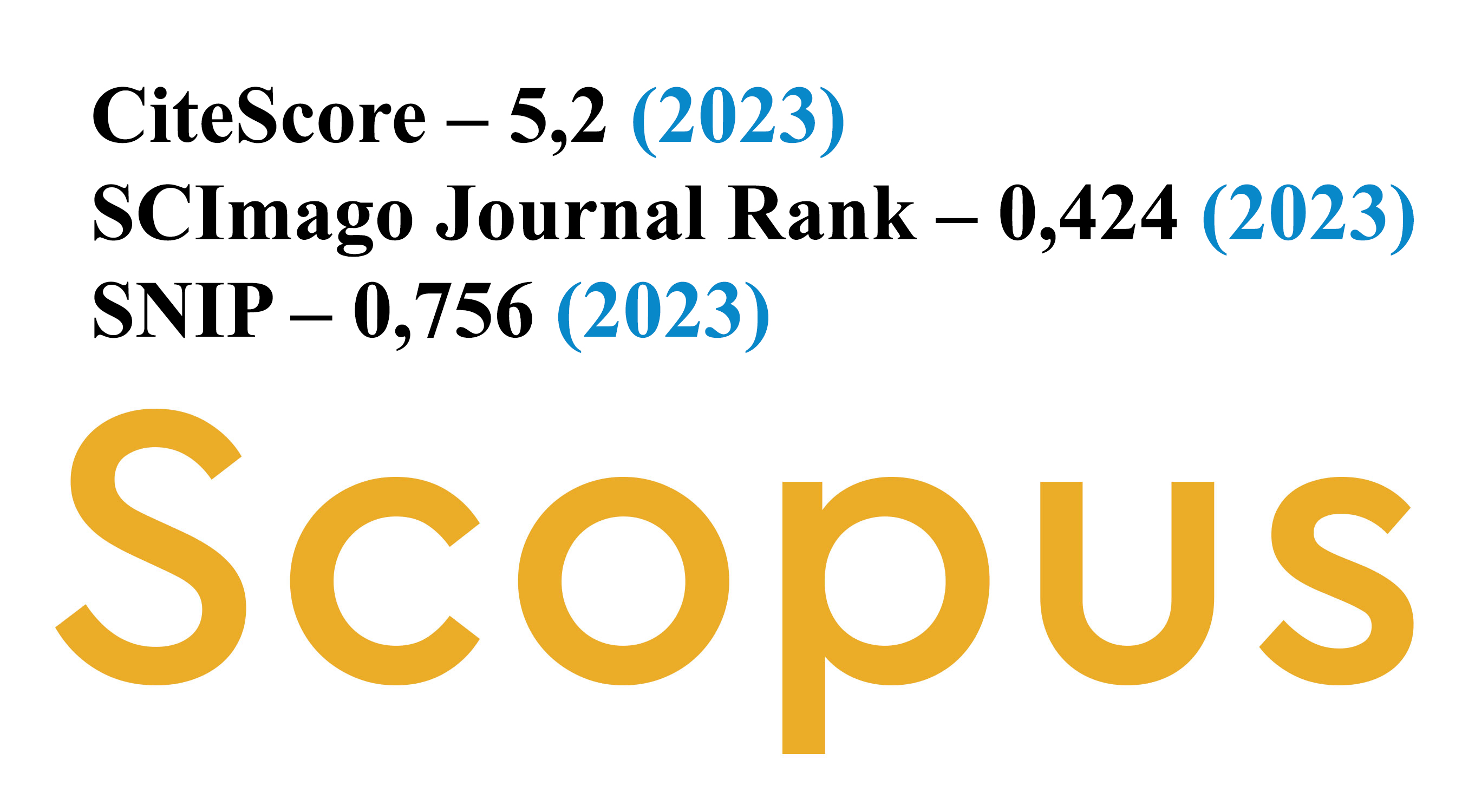Does Enterprise Digitalization Promote the Green and Low-carbon Transformation and Upgrading? Evidence from A-share Listed Companies in China
DOI:
https://doi.org/10.5755/j01.ee.36.4.34825Keywords:
Digitalization, Carbon emission intensity, Pollutant emission, Green and low-carbon transformationAbstract
As the world's top emitter of greenhouse gases, China's acceleration of emission mitigation is critical for global climate governance. Enterprises, as core economic actors, play a pivotal role in achieving sustainable development through green and low-carbon transformation (GLCT), a cornerstone of China's carbon peaking and neutrality objectives. This study examines whether enterprise digitalization—a key driver of digital-real economy integration—facilitates reductions in corporate greenhouse gas and pollutant emissions, thereby advancing GLCT. Utilizing 2008-2020 data from Chinese listed firms, we investigate the mechanisms underlying this relationship and heterogeneity across enterprises. Results reveal that digitalization significantly lowers emission intensity via pathways such as technological innovation, efficiency gains, operational environment optimization, and structural adjustments. Heterogeneity analysis highlights stronger effects in state-owned enterprises and competitive industries, with no regional regulatory disparities observed. This study demonstrates that digitalization significantly contributes to corporate green and low-carbon transition (GLCT) by reducing carbon and pollutant emission intensities. Empirical evidence reveals four critical mechanisms driving this transformation: technological innovation enhancement, operational efficiency optimization, managerial environment improvement, and production structure reorganization. Heterogeneity analysis highlights pronounced GLCT effects in state-owned enterprises and firms within hypercompetitive industries, while environmental regulation intensity shows negligible regional differentiation. The research systematically examines enterprise pathways for emission reduction in digital contexts, establishing a theoretical framework for achieving carbon neutrality goals. The findings inform policymakers in developing tailored digital strategies aligned with enterprise capabilities and sectoral attributes.





